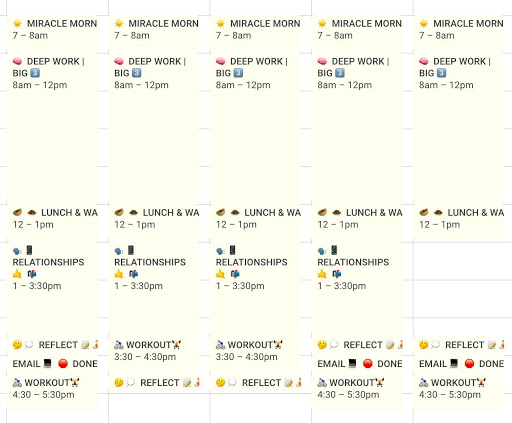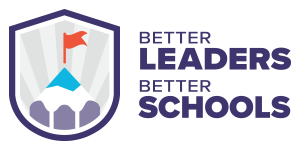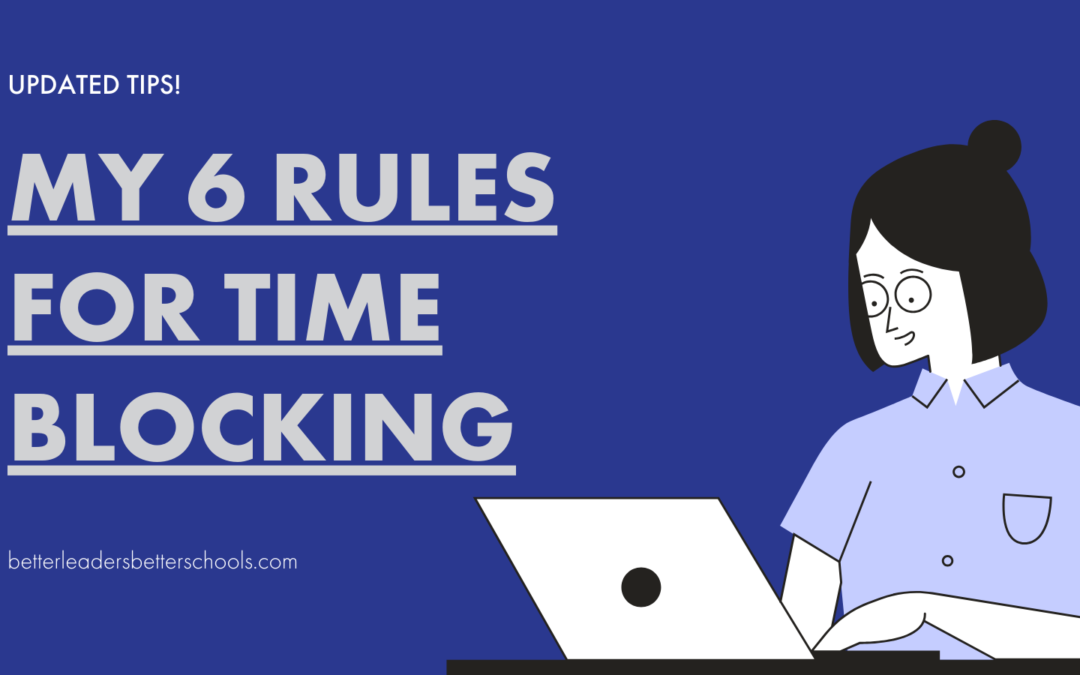One of my superpowers is being productive and helping leaders get more done as well. There are multiple layers to my framework, but a foundation is creating an ideal week and time blocking.
An ideal week is the foundation of productivity. It asks a leader, “What would an ideal week look like? How would you like to spend your time if there were no emergencies or other interruptions to your work?”
Of course, there are emergencies, and this is why it’s called an “ideal” week.
A leader must hold this schedule with an open hand and be flexible — otherwise disappointment lurks around the corner.
Maybe you are thinking, “I have too many interruptions during the day. What’s the point of building a ‘fantasy’ schedule?”
Yogi Berra has the answer to this:
“If you don’t know where you are going, you will wind up somewhere else.”
I’ve coached 100s of school leaders and presented to 1000s from around the world.
This common sense idea is absolutely not common practice.
If there was one tool a school leader could implement immediately and see dramatic return-of-investment, it would be creating an ideal week. Maybe a template or some tips would help?
Leaders who approach each week with intention are going to be able to produce much better results.
I recently learned from a coach a few things working for him and decided to make some “rules” that would govern each day and inform rebuilding my ideal week.
Here is an example of my revised ideal week. The rules and rationale for the rules will follow.
Note: my context is certainly different than yours. My rationale will hopefully inform how you can have powerful and productive days. Feel free to download the FREE video course on creating an ideal week on this blog post. In that course you can see what my ideal week looked like while I was a principal.

My 6 Rules for an Ideal Week
#1 Start each day with a 2-4 hour creative block / deep work block
I learned about Deep Work from Cal Newport. Each morning I want to work on my most important tasks aligned to my OKRs (goals). I am most creative in the morning so I protect this time to do my most important work of the day. I limit my OKR aligned tasks to what I call my “Big 3.” If I knock out all three tasks in the morning I have permission to do more aligned to my most important goals. Completing all three tasks makes me proud and builds momentum. If I add more than three major tasks a day and don’t complete some I feel like a failure. That’s why I put some constraints on this type of work and add tasks if possible, rather than feel discouraged I “only” got 3-of-5 tasks done for example.
#2 No email or social media until noon
Email is other people’s priorities. This is not important work. Social media is also a distraction. I find myself getting upset by politics, views of the pandemic, racism, and conspiracy theories so why go down that path? I also find myself comparing myself to others and feeling not good enough. I haven’t figured out how to turn off trending topics or my feed. I am only on social media to build relationships and share content I create. But the distractions are tempting and the cadre of neuroscientists on social media’s payroll know exactly how to keep users on their platform.
#3 Meetings / Administrative tasks are for the afternoon
Since my mornings are protected for creative time, I keep the afternoons for relationships, meetings, and administrative tasks. This rhythm works for me.
#4 Take breaks, refuel, walk, hydrate
Energy is a finite resource. I need to refuel with food, water, and get my body moving throughout the day. I don’t have these breaks on my ideal week calendar, but since it’s a rule, I remember to take these as needed throughout the day. I do have lunch scheduled to make sure I take a midday break each day to fuel my body and walk my puppy.
Speaking of puppies, here is Ms. Alba …

#5 End of day I journal and set intention for my next day
I have always journaled in the morning and I have added an end-of-day journal practice that I learned from an internal executive coach at Google. I ask the same five questions each day to build better internal awareness and keep a record of what I’m learning. I also set an intention for the next day by identifying my BIG 3 tasks.
#6 Workout after work
I move my body throughout the day and after putting in a good effort I find that I’m wound up a bit, energized, and/or need a release. A workout after my workday is a great way to separate my work from family time. This is often riding my Peloton (RuckusMaker is my username if you want to follow), going for a run, or yoga. Eventually I’m sure I’ll get back into weight training when I feel comfortable going back to a gym.



